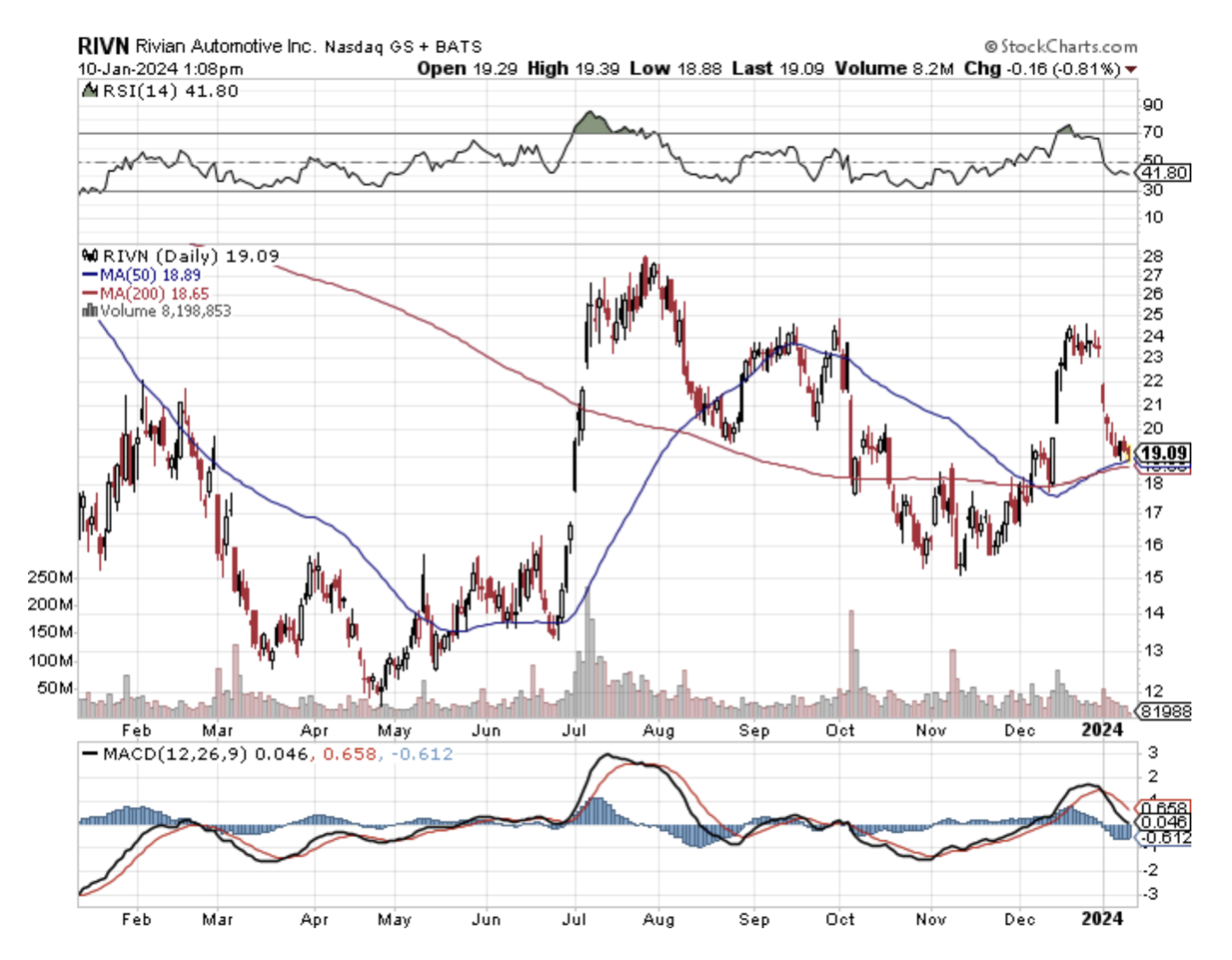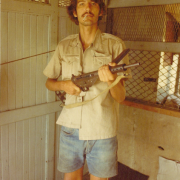EVs were the darling of tech until the hype ran out.
How do I know this?
The price of lithium has nosedived.
The lack of interest is undermining projects, nixing deals, and triggering a scramble for cash that has put a damper on the EV industry.
If anyone thought that EVs would really move the needle for tech, then think again because tech is over-reliant on AI to save the day in 2024. Throw in the Fed pivot too.
Lithium has dropped by 80% in price since the end of 2022 signaling a dramatic slowdown in the electric vehicle market.
The demand for this product isn’t what it used to be.
Sure, there are those (TSLA) lovers in big coastal cities who can’t get enough of the product, but these types max out at 3 Teslas and sit on them until an upgrade a few years later.
With inflation wreaking havoc in every part of American society, this promises to elongate the refresh cycle for tech products like iPhones and Teslas.
Nickel and cobalt have also tumbled, weighed down by an influx of new production amid concerns that the shift to EVs may not be as smooth and quick as predicted.
It’s a dramatic reversal from the froth of recent years that sent prices soaring and sparked a rush by some of the auto industry’s biggest players to secure future supply.
Chemaf Resources Ltd. last year put itself up for sale after a slump in the cobalt price left it struggling to finish key projects in the Democratic Republic of Congo, and London-based Horizonte Minerals Plc scaled back work on its Brazilian nickel mine as it searches for funds to complete construction, and announced an emergency $20 million financing late last year.
Building new mines takes years and sometimes decades, and stalled projects can often be hard to restart. And while most crucial battery markets are now in surplus, shortages are already forecast toward the end of the decade as the greening of the economy accelerates.
In the case of lithium — a once-tiny commodity market that has been catapulted into the global spotlight due to its vital role in EV batteries — the extreme boom and bust of the last few years shows the difficulties in trying to forecast future supply-demand balances and prices, for both producers and their investors.
Yet supply charged ahead as demand growth underwhelmed, and the price won’t come back for years.
It’s highly possible that lithium could be in a drought until close to 2030.
Cobalt has lost two-thirds of its value since a recent peak in 2022, with top-two supplier Glencore Plc forced to build stockpiles of the metal.
Nickel tumbled 45% last year, weighed down by a flood of low-cost supply from Indonesia, where new techniques to produce battery-grade material are threatening to completely upend the industry.
Jumping off the EV bandwagon, the consumers aren’t impressed as much, and snagging the next incremental EV buyer has become hard.
The bad is out there for everybody to see such as the annoyance of running out of electricity and not getting those software updates properly.
Consumers are starting to remove those rose-tinted glasses and look at Ev's dark side too.
This explains why Tesla was discounting its vehicles so aggressively because management sensed the lack of desire from new buyers.
Unfortunately, this could be a bust year for Tesla as they give way to software companies to carry the load. Smaller EV firms like Rivian (RIVN) and Lucid (LCID) are some that I would avoid. Nio (NIO) is another EV company in free fall. I would say stay away from the EV sector in the short term.




